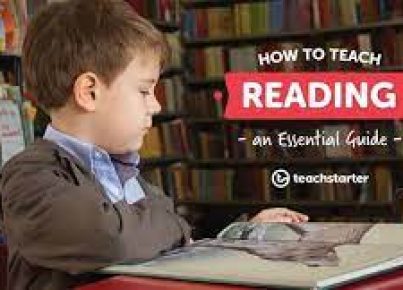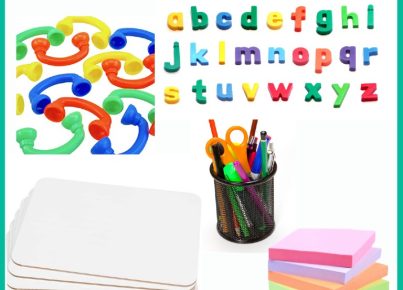Teaching comprehension in the classroom is essential for students to become proficient readers and thinkers. Comprehension is the ability to understand and interpret what is being read, going beyond just decoding words to grasping their full meaning within a text’s context. Here are several effective strategies educators can employ to enhance reading comprehension among their students:
1. Build Background Knowledge: Before diving into a new text, activate students’ prior knowledge on the subject. Discuss the topic, share relevant experiences, or show images and videos. This helps students make connections and understand the context better.
2. Teach Vocabulary: Understanding the meaning of words is crucial for comprehension. Pre-teach key vocabulary before reading and use visual aids, synonyms, antonyms, and sentences to clarify meanings.
3. Ask Questions: Encourage students to ask and answer questions about the text they are reading. Use a mix of literal questions (who, what, when), inferential questions (why, how), and evaluative questions (judgments about value).
4. Use Graphic Organizers: Tools like concept maps, Venn diagrams, story maps, and timelines help students organize information visually. This aids in understanding relationships between ideas and retaining information.
5. Model Comprehension Strategies: Teachers should demonstrate thinking processes by thinking aloud while reading a text. Show how you make predictions, summarize paragraphs, clarify confusing sections, and reflect on your understanding.
6. Encourage Predictions: Have students predict what might happen next in a story or what an informational text will be about based on title clues or pictures. This engages them with the content actively.
7. Incorporate Different Genres: Expose students to a range of text types—stories, poetry, informational texts—to build adaptability in comprehension skills across different formats.
8. Use Cloze Activities: Create exercises where key words are left out of a text passage. Have students use context clues from the remaining words to fill in the blanks.
9. Encourage Reading Across Curricula: Integrate reading into other subject areas such as science or social studies. This not only builds knowledge but shows how comprehension skills are transferable and important across disciplines.
10. Foster Discussion: Post-reading discussions enable students to share perspectives and deepen their understanding of the material through dialogue with peers.
11. Promote Metacognition: Encourage Students to think about their own thinking by reflecting on which strategies helped them understand a piece of text: What worked? What was difficult?
12. Provide Scaffolding: Offer support as needed when introducing new texts or concepts, gradually removing assistance as students become more proficient.
By implementing these strategies systematically and consistently across grade levels and content areas, teachers can foster improved reading comprehension skills that equip their students not just for academic success but also for lifelong learning and engagement with texts of all kinds.





